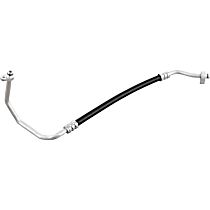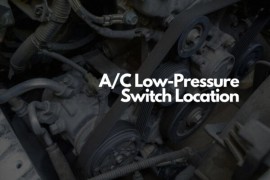{
"lazyNodes": false,
"abFitnotesFlag": false,
"abCrawlReviews": false,
"productOptionsCookie": false,
"orderDelayFlag": false,
"skipSessionCookie": false,
"covidMessage": false,
"fullTitleCookie": false,
"nrLoggerCookie": false,
"checkoutReviewCookie": false,
"productOptionSeqCookie": false,
"maintenanceFlag": false,
"bufferETACookie": false,
"multiShippingDiscountFlag": false,
"newFitmentFlag": false,
"surveyOptInFlag": false,
"crossSellFlag": false,
"skuMappingFlag": false,
"paySplitCookie": false,
"callDisableFlag": false,
"zipPaymentFlag": "u",
"hassleFreeReturn": false,
"lifetimeReplacement": false,
"cpn_off": false
}Need Help? Call Us1-866-529-0412
Select your vehicle
Audi S3 A/C Pipes
Refine by:
Shop Catalog
Showing 1 - 1 of 1 results
Sort by:
Part Number: Z8YV10200009
Vehicle Info Required to Guarantee Fit
$117.49
Product Details
Warranty : 24-month or 24,000-mile Vemo limited warrantyQuantity Sold : Sold individuallyProp 65 Warning :
![]() WARNING: This product can expose you to chemical which is known to the State of California to cause cancer and birth defects or other reproductive harm. For more information go to www.P65Warnings.ca.gov.
WARNING: This product can expose you to chemical which is known to the State of California to cause cancer and birth defects or other reproductive harm. For more information go to www.P65Warnings.ca.gov.
Page 1 of 1 | Showing 1 - 1 of 1 results
Helpful Automotive Resources
Where Is the A/C Evaporator Drain Located?The A/C drain line (or drain pipe) allows condensation to escape. Water condenses on the evaporator (the heat exchanger in the dash) like it does on a cold drink can and must be allowed to drain out of the evaporator housing. If the drain is clogged, water will accumulate in
Why Is My Car’s AC Hose Frozen on the Outside?This is particularly true when humidity levels are high. Frost on the suction line may not even be a problem if your A/C is otherwise working normally. But below, let’s look at times when this might be an issue.
.kadence-column_74ccb3-a3 > .kt-inside-inner-col{border-top-width:0px;border-right-width:0px;border-bottom-width:0px;border-left-width:0px;}.kadence-column_74ccb3-a3 > .kt-inside-inner-col,.kadence-column_74ccb3-a3 > .kt-inside-inner-col:before{border-top-left-radius:0px;border-top-right-radius:0px;border-bottom-right-radius:0px;border-bottom-left-radius:0px;}.kadence-column_74ccb3-a3 > .kt-inside-inner-col{column-gap:var(--global-kb-gap-sm, 1rem);}.kadence-column_74ccb3-a3 > .kt-inside-inner-col{flex-direction:column;}.kadence-column_74ccb3-a3
Where Is the A/C Low-Pressure Switch Located?A/C high pressure switches are typically used to prevent compressor damage.
The A/C low-pressure switch cycles the compressor to prevent evaporator icing. Usually, the low pressure switch (see illustration) will signal the compressor to disengage at about 25 psi of low side pressure and will re-engage the compressor at about 45



